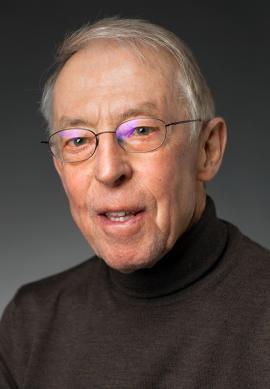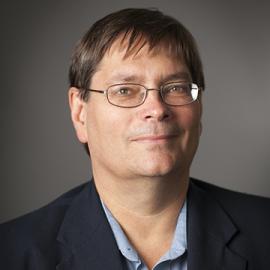
Matthew Barone wins 2021 Excellence in Research Award
AIP Publishing is pleased to announce the winners of the 2021 APL Materials Excellence in Research Award, who were selected for their work on crystal growth, bulk metallic glasses, and memristive devices. As a distinction for young researchers, the award is given to authors who publish exceptional science in the journal and are under 40 years of age. Read more









